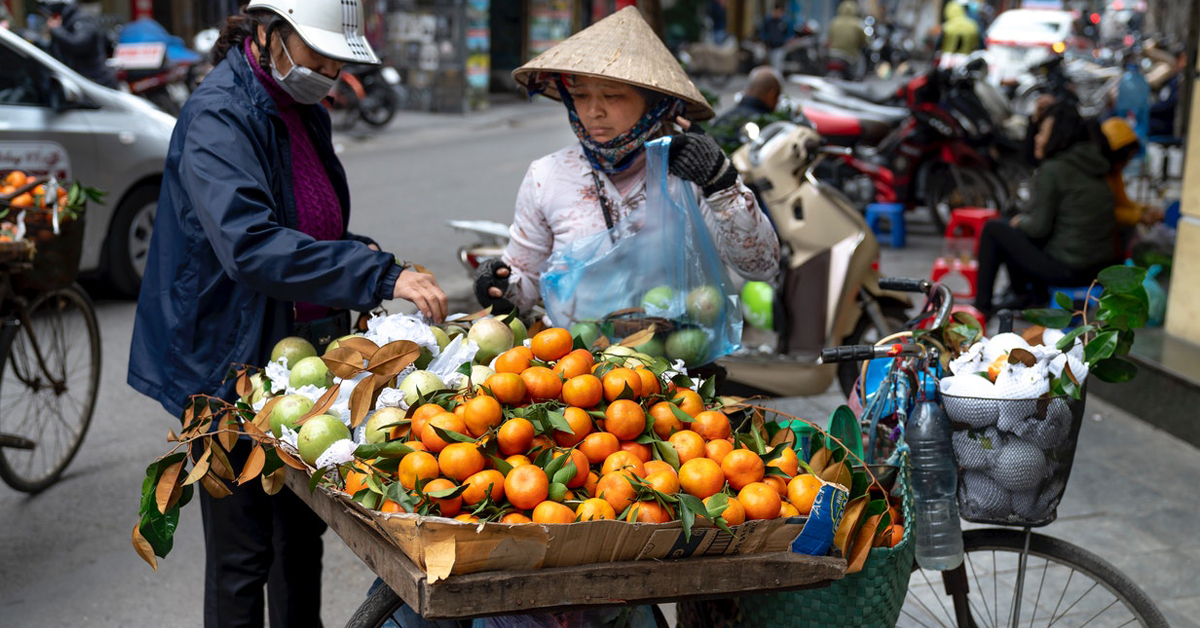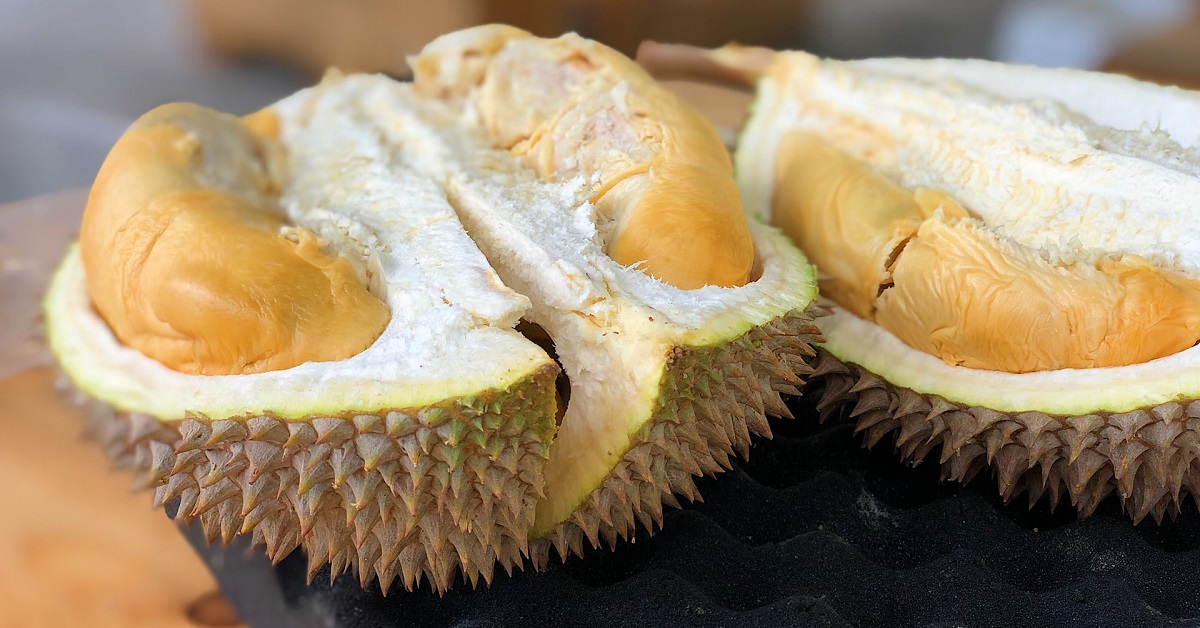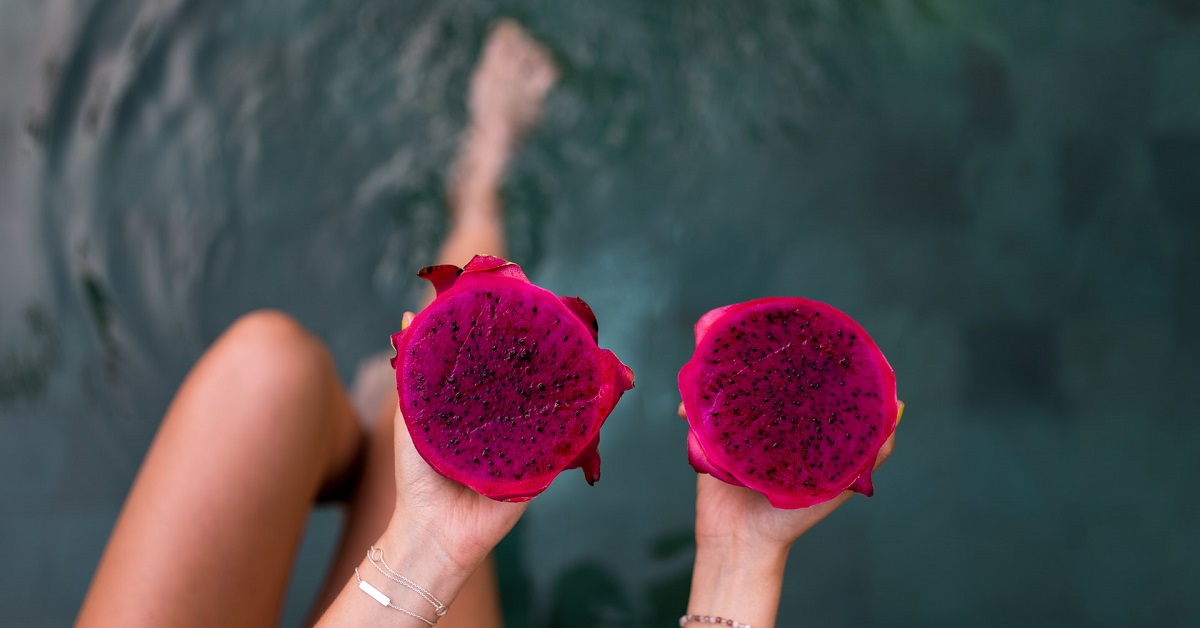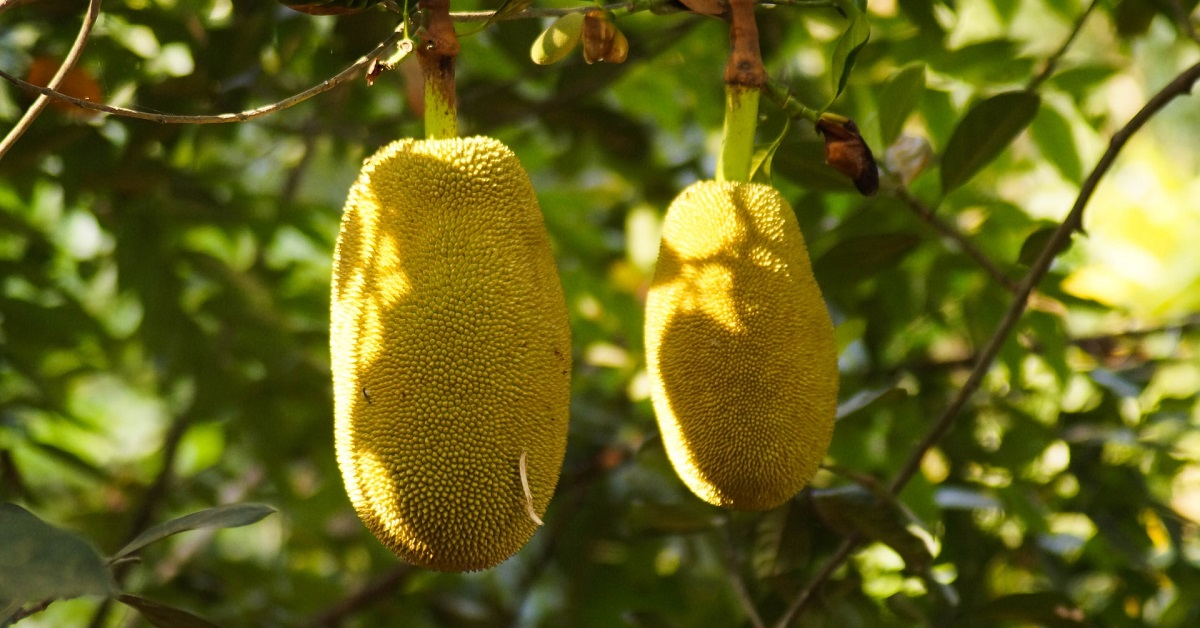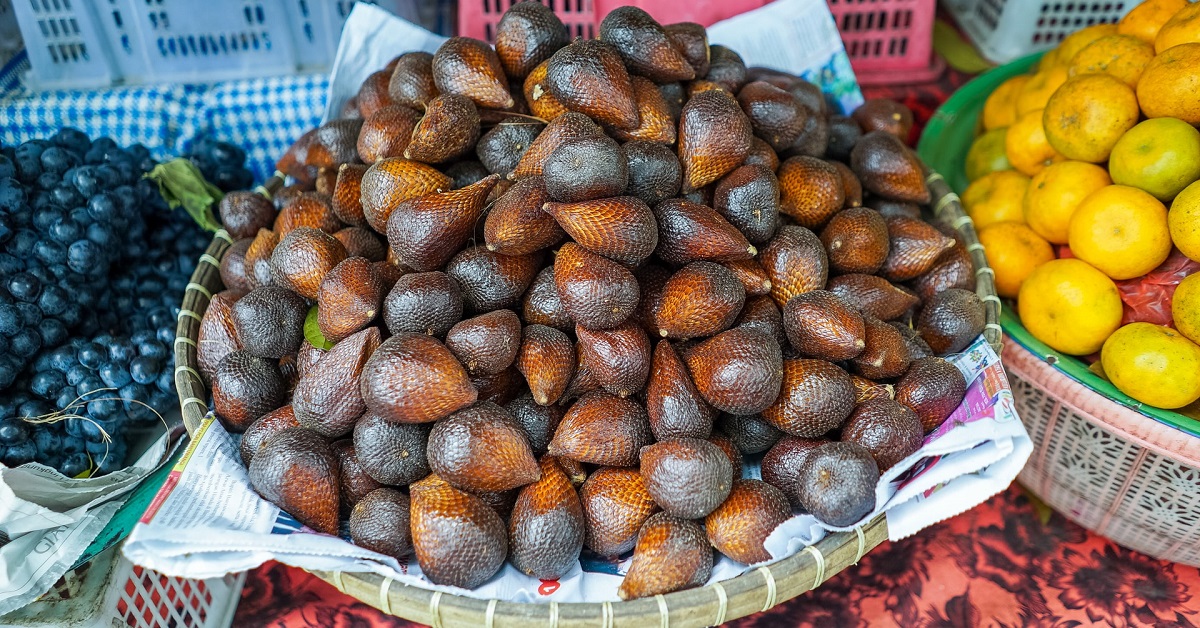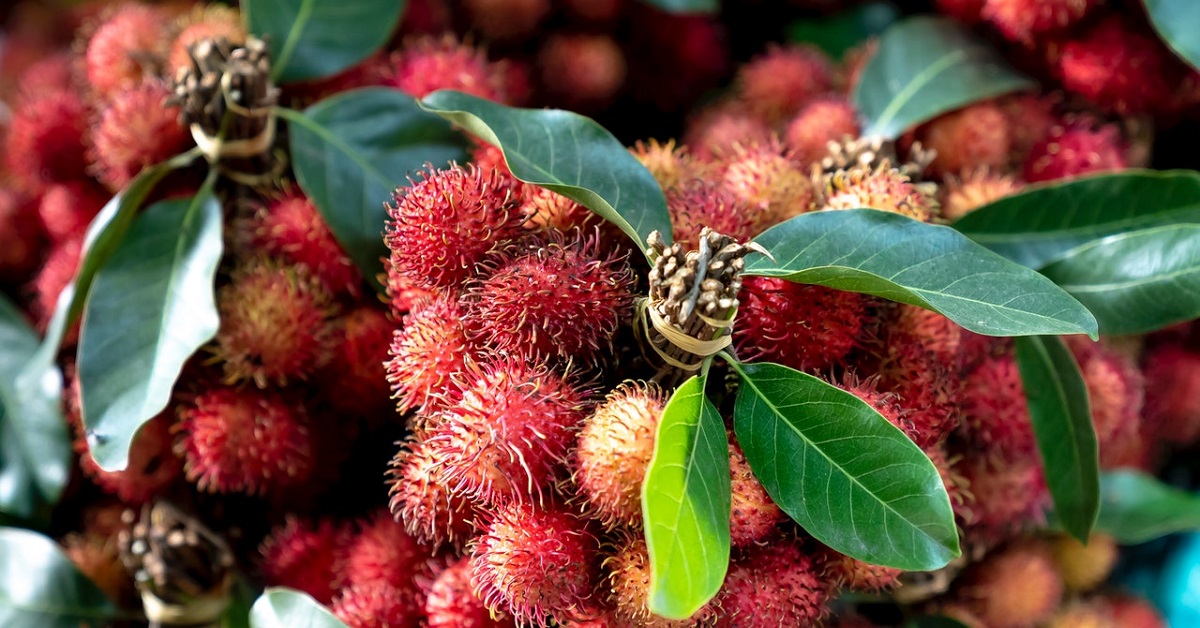One of the main reasons for me to travel is to experience beautiful landscapes I cannot find in my own country, to visit countries and people with vast cultural differences and to eat the foods the world has to offer. I love to visit marketplaces and be amazed by local fruits and vegetables I have never seen before. Especially in tropic environments, there are a lot of strange and wonderful fruits to be discovered. Here are some amazing, and also delicious, types of Asian fruit I have been able to try on my travels.
Durian
Durian is one of those infamous types of Asian fruit you can find all over Asia. You can find them at many roadside markets. Durians have heavy and spiky skin, like that of a dragon (as I imagine it would look like). Even if you don't see it, you will certainly smell it at some point. The smell is VERY pungent and you either hate it or love it. There is apparently no middle ground. This is why the fruit is banned in many public places in Asia and there are signs that will tell you that you cannot take it on a public bus, for instance. Read more about it in this article in Smithsonian Magazine.
When you peel the skin, the flesh inside is actually edible and looks like two giant shriveled-up kidneys. If you do not want the smell, but like the flavor, you can also buy a variety of durian sweets.
Dragon fruit (Pitahaya)
This exotic and colorful fruit looks like the skin of a dragon (so I am told, no dragons around to actually verify). They are vibrant pink and green on the outside and soft and fleshy on the inside. The flesh can be white or red and there are a million black seeds. Dragon fruit is super sweet and good and I could eat them all day. The ones with red flesh are sweeter than the white ones. Similar to eating a kiwi, you can scoop out the flesh with a spoon. I once saw a dragon fruit in Germany that cost 4 euros apiece. It is definitely better to eat them in the country where they grow. Of all the types of Asian fruit I have tasted, this is my personal favorite.
Jackfruit
On the outside, jackfruit looks similar to Durian, only with smaller spikes and larger in size. It is a large, yellowish-green fruit with rough, thick skin. When the skin is cut open, the inside contains pockets with yellow fruits that are a bit shiny. The fruit can be eaten raw or cooked in a stew. It is an excellent meat substitute because the flesh is meaty and holds together well during cooking. You can also turn jackfruit into a salad that closely resembles a tuna salad. Bring a wheelbarrow if you are planning to buy your own jackfruit and take a few hours to peel. Luckily, many stalls sell jackfruit ready-to-eat but unfortunately wrapped in plastic and Styrofoam. Young jackfruit is sold all over the world, wrapped in a can, have a look in your local supermarket.
Snake Fruit (Salak)
If I ever saw a strange fruit, it is the snake fruit. The skin is fairly thin and easy to peel. The inside looks sort of like a white fig, with several compartments of firm, almost apple-like flesh. Inside is a large inedible seed. The snake fruit is the seed of a palm tree, to be found in many parts of Indonesia. When the skin has been peeled off, the seeds look like big cloves of garlic. It has a very sweet taste and a distinct texture. If you ever see one, you have to try it!
Rambutan
The Rambutan is a pink/red fruit with a hairy exterior, which can be found all over South East Asia. It is not very big, about the size of a small plum. Its flesh is white and soft, with a large pit inside, kind of like lychee. The taste is very sweet, but not distinctive. They are easy to peel with your hands, just break the skin and pick out the flesh. Cheap and easy fruit on the go, it's old on nearly every market and even on the roadside. It is one of those types of Asian fruit that you see growing everywhere around you.
Pomelo
The pomelo is similar to a grapefruit, only bigger and green on the outside. The inside can be pink or yellow. The pink ones are a bit sweeter, are harder to find, and are usually more expensive. An expert can tell the color of the inside by the texture of the skin, but I still don't know how they do it. You can easily be fooled by buying a 'pink' on the market (and overpaying for it). When opening it later it turned out to be a yellow one. The flesh is juicy and its bite is sweet and almost crispy-juicy. If you have ever tried to peel a grapefruit, you know how much work it is to peel a pomelo, as it is about 4 times bigger. But, if you have bought a good one, it is definitely worth the work. In most market places you can buy them whole, or ready peeled.
The global marketplace means we get to benefit from a lot of fruits and vegetables from other countries, that would otherwise be completely unknown to us. Fortunately, there are some fruits that remain a little mysterious and are a real treat to discover when you travel to Asia. If you ever find yourself in the neighborhood, don't miss out on these wonderful types of Asian fruit!
And if you happen to be in Asia to find all these fruits, you might as well check out all my favorite places to eat vegan in Hanoi, Vietnam.


